We use cookies and other proprietary and third-party technologies to make our website work correctly and securely. We also use them to analyse user browsing and be able to adapt advertising to your tastes and preferences. Cookies Policy.
Bicycles take to the streets and are becoming key elements of new, more sustainable mobility models in the face of threats such as climate change and rising fuel prices.
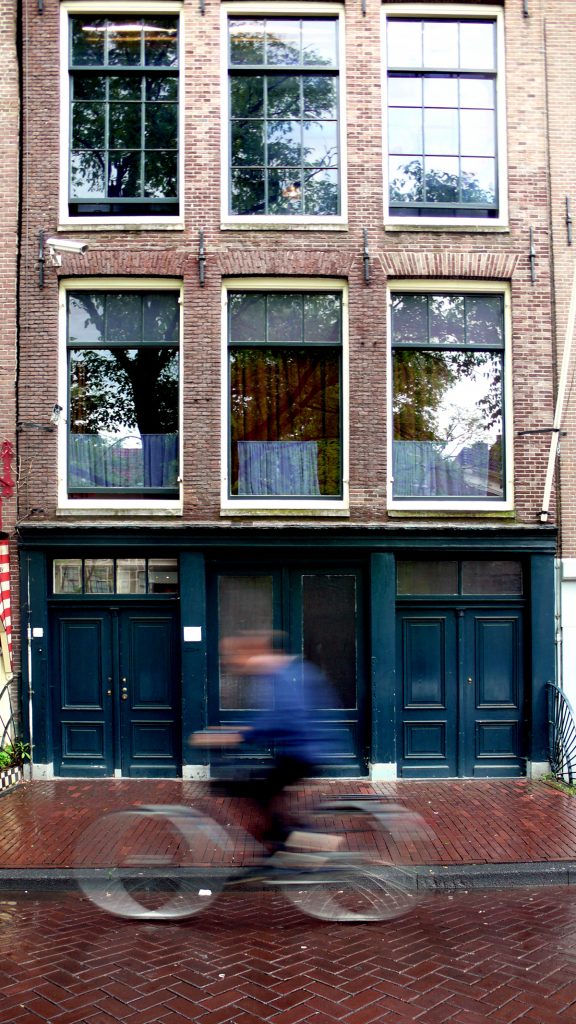
Bicycles are destined to conquer the streets of all cities in the world in the not-too-distant future. Motor vehicles are gradually giving way to other more sustainable and profitable forms of mobility, including the bicycle. It is only a matter of time before this revolution, which began decades ago in cities such as Amsterdam, Copenhagen, Malmo and Munster, spreads to more cities on the five continents.
A bicycle is silent, it does not cause emissions, it takes up little space and helps to keep fit and improve the physical and mental health of those who use it daily. It is a means of transport without downsides and can only be a problem in the case of extreme weather conditions or topography, that is, in cities with large differences in altitude between one neighborhood and another.
But which cities are at the forefront of this pedal revolution? Which cities are the most cyclable? Which are considered the most bike-friendly? There are, of course, many examples around the world, but those that began to banish cars from the city center and filled up with bicycles decades ago are leading the way. Others, however, are getting their act together at a forced pace. On each continent there are models to be copied and certain rhythms are followed.

Northern Europe has been, and continues to be, the great reference in this regard, with great advances in infrastructure and the construction of huge networks of bicycle lanes, public rental services, special parking, and fiscal, urban planning and mobility policies focused on discouraging the use of cars and promoting collective or low-emission public means of transport, such as bicycles.
The first thing to do in order to begin to decide which is the best city in the world to travel around by bike is to determine which parameters can be taken into account when evaluating and comparing. The bicycle insurance company Luko, now Getsafe, recently launched a study in which it determined the 10 best cities for cyclists. To do so, it analyzed 16 different magnitudes and factors in 90 cities, ranging from the number of users and the network of cycle paths to the risk of theft, the climate or the existence of bike-sharing programs and rental stations.
The result is not too surprising. Of the top 10, three are in Germany: Hanover, Bremen and Munster, the latter being number two in the global ranking. Two are in the Netherlands: Amsterdam and Utrecht, considered by this ranking to be the most cyclable city in the world. Bern, in Switzerland, is ninth, while China sneaks in Hangzhou at number seven. Sweden’s Malmo is in sixth place, Copenhagen is fourth, and Antwerp, in Belgium, takes the bronze medal.
Utrecht has overtaken Amsterdam and Copenhagen at the top of the list thanks to its impressive bicycle usage figures and infrastructure. Every day, 125,000 people out of its 361,000 inhabitants use some stretch of its 245 kilometers of cycle paths. There are places, such as the central train station, with 12,500 dedicated bicycle parking spaces.
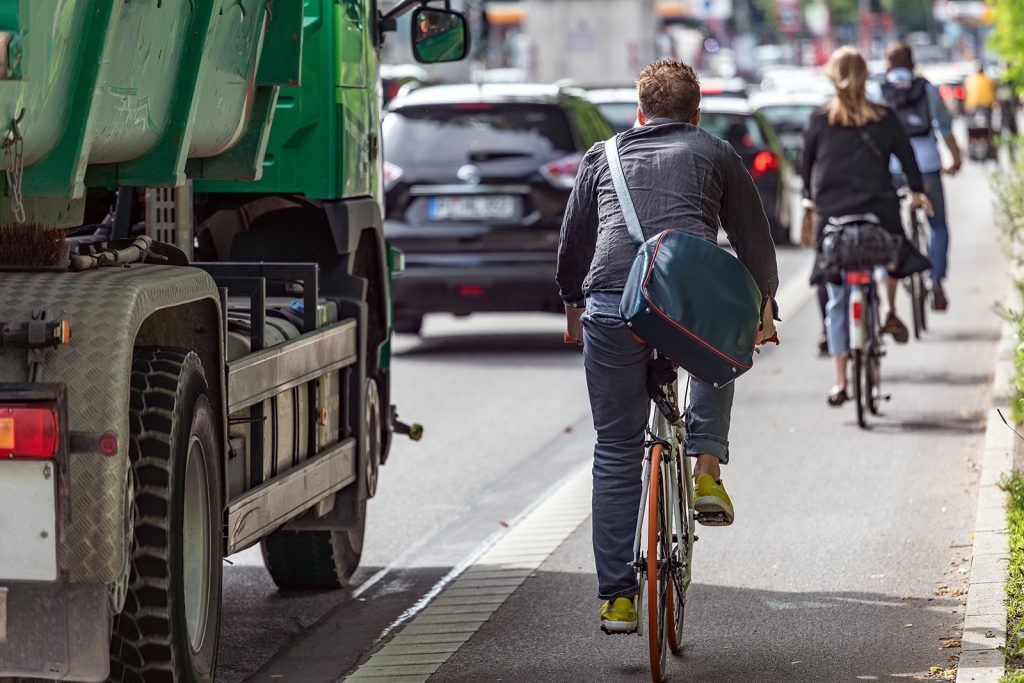
Cycling through US cities
Different rankings, such as the one promoted by the People for Bikes association or the American Bicyclist League, place Minneapolis as one of the leading large American cities in terms of safe cycling opportunities, as well as in the construction and good connectivity of cycling infrastructure.
However, Minnesota’s capital has harsh weather conditions for much of the year, which makes it difficult to use this means of transport. But its completely flat terrain is perfect for cycling, making it the second most popular American city for bicycles, behind Portland.
These rankings also rank large cities such as Seattle, San Francisco, Portland, and smaller cities such as Boulder, Madison, and Berkeley in the top spots. However, cycling infrastructure in North American cities is still far from having the impact it has in northern European cities .
For example, Portland, the number one in the United States, has 283 kilometers of cycle paths on 376 square kilometers of surface area and 2.2 million inhabitants between the city and its metropolitan area, while Utrecht, the number one in Europe and the world, has built 245 kilometers of cycle paths on 99 square kilometers of surface area for 640,000 inhabitants between the city and its metropolitan area.
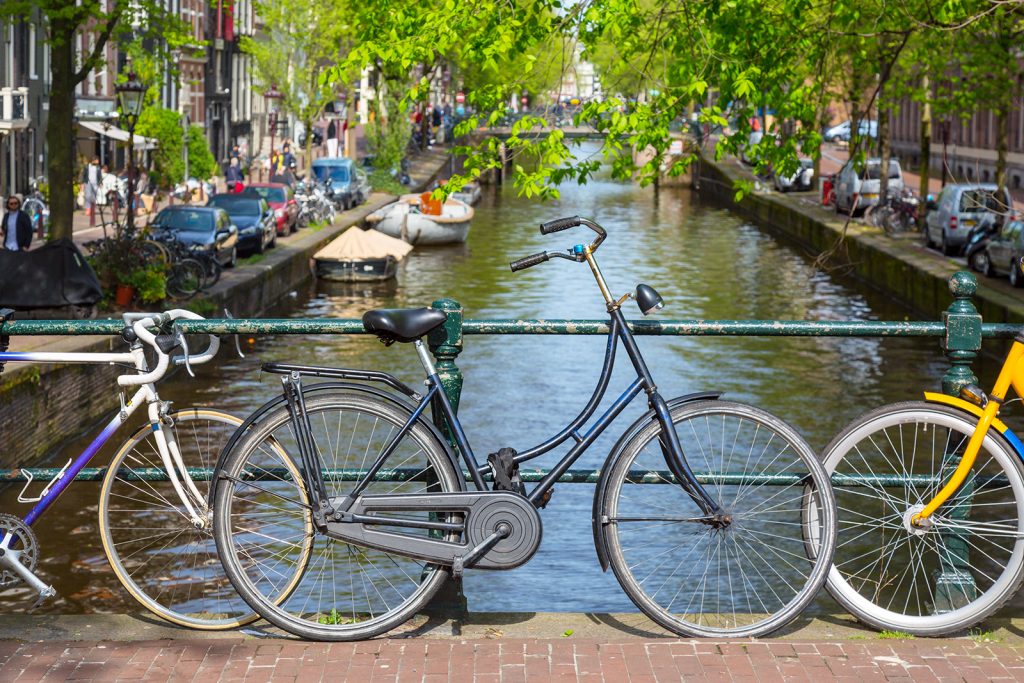
Latin America hits the pedals
According to the global study published in 2022 by the insurer Luko mentioned above, of the 90 main cycling cities in the world, only seven are located in Latin America: Santiago de Chile, São Paulo, Mexico City, Bogotá, Medellín, Cali, and Buenos Aires.
The capital of Colombia boasts, in fact, is the cycling capital of Latin America, and figures indicate that bicycle use has doubled in 10 years, driven in part by rising fuel prices and favorable topography, as the city is located on the high plateau and does not have many hills.
Cities such as Rio de Janeiro, Lima, Rosario, and Curitiba also have hundreds of kilometers of cycle paths, and policies to promote the use of bicycles and specific legislation on this issue are gradually spreading across all countries on the continent. Chile, Bolivia, Brazil, Peru, Ecuador, Colombia, Venezuela, Panama, Nicaragua, and Mexico do have specific legislation. The rest do not yet.
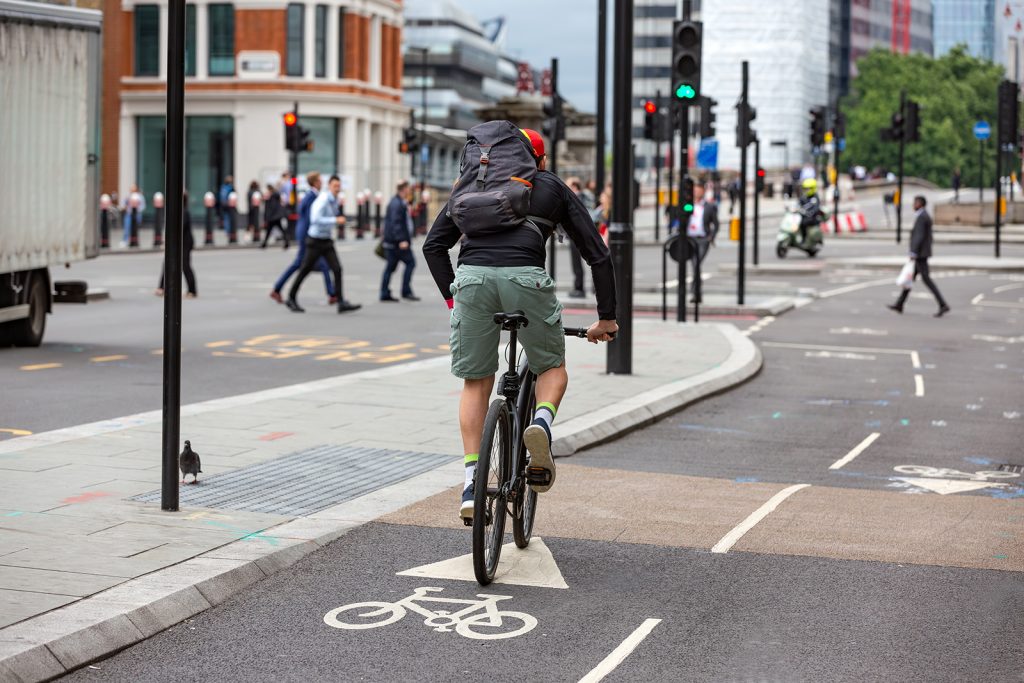
A global phenomenon
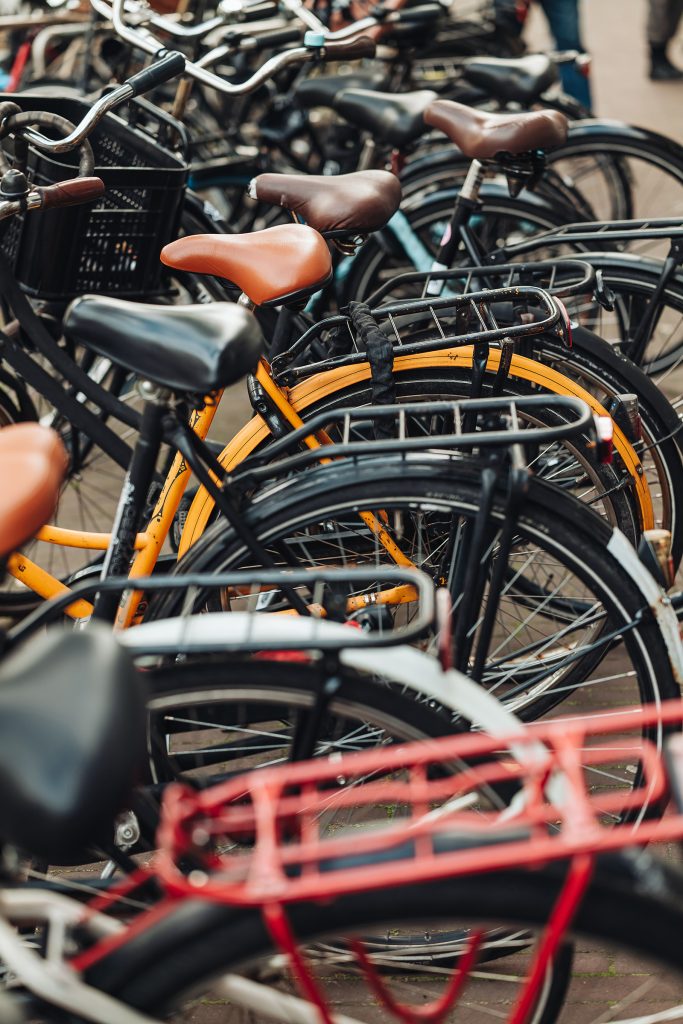
The rise in cycling is a global phenomenon, and territories and continents as diverse and far-flung as Africa and Australia are seeing an increase in cycling adoption. Some major Australian and African cities have established themselves as cyclist-friendly environments. However, the challenges they face in terms of infrastructure, culture and climatic conditions are notable and vary from place to place.
In Australia, the push towards cycling has grown significantly in recent decades, with some cities standing out as pioneers in this area. Melbourne, for example, has established itself as the most cycle-friendly city in the country, thanks to its ever-expanding network of cycle paths, relatively flat topography and a mild climate that facilitates cycling all year round.
Cycle routes such as the Yarra, Merri Creek and Capital City trails provide safe routes for residents and tourists alike. In addition, connections to rural areas such as the Dandenong Ranges and the Great Ocean Road make Melbourne a central hub for cyclists looking for routes outside the urban core. One of the few inconveniences faced by cyclists in Melbourne is the tram tracks, which can catch bicycle wheels if not crossed properly, creating some risks.
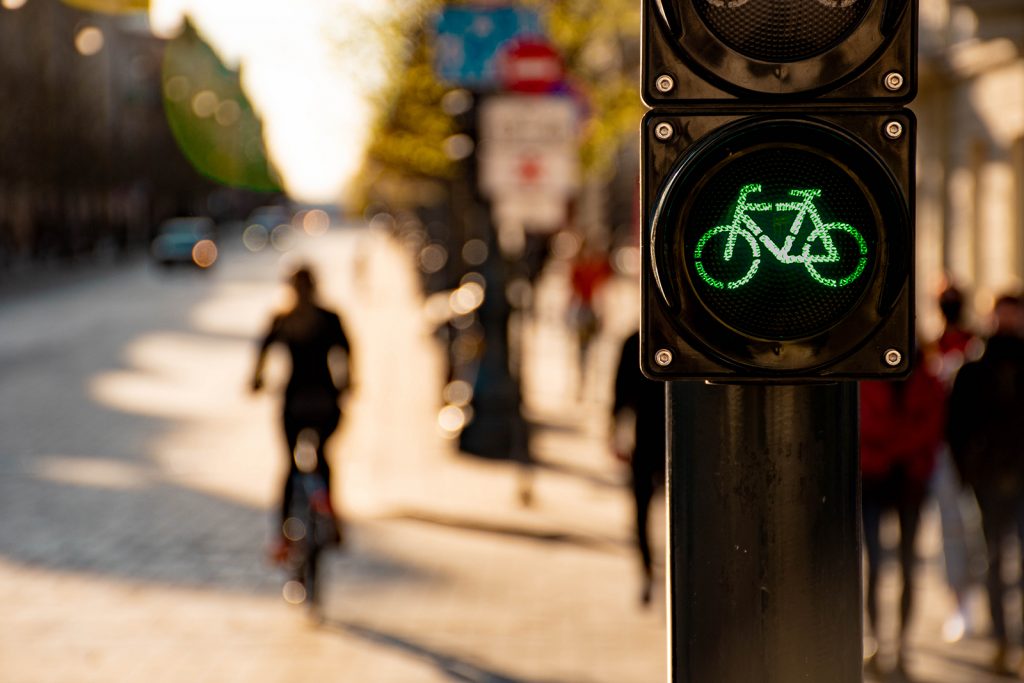
Another Australian city that has managed to make progress with its cycling infrastructure is Canberra, the country’s capital. Benefiting from its ground-up planned design, the city is predominantly flat and offers wide routes, making it an ideal choice for cyclists. Dedicated paths and policies that allow cycling on sidewalks have fostered a safe environment for those who choose this mode of transport.
In addition, authorities have made significant efforts to install bicycle parking at key points in the city, such as museums, restaurants, and tourist areas. Although the winter weather can be a deterrent, the low temperatures do not discourage cyclists, who enjoy iconic routes such as the Lake Burley Griffin circuit.
Brisbane and Perth are also making progress in promoting cycling, although both cities face barriers related to their deep-rooted car culture. In Brisbane, the cycle network has improved markedly in areas such as South Bank and the city center, but outside these areas infrastructure remains limited. In addition, high humidity in the summer months can be a deterrent for some cyclists. Perth, while also facing a strong preference for cars, has seen an improvement in cycling infrastructure, driven by government investment. Scenic routes, such as those connecting Marmion to Burns Beach and Rottnest Island, are a favorite among local cyclists and tourists.
In contrast, in Africa, cycling is gaining ground for very different reasons, mainly linked to the economy and the need for more accessible mobility. In Chipata (Zambia), for example, the bicycle is not only a means of transport, but also a source of income for thousands of people. The city has been nicknamed ‘Amsterdam’ because of the number of bicycles circulating daily. This phenomenon began when bicycle prices dropped significantly due to the arrival of Asian traders who offered affordable options with flexible payment plans.
Although the popularity of bicycles in Chipata is largely due to economic reasons, residents have begun to recognize the environmental benefits of this mode of transport as well. Furthermore, the use of bicycles has reduced road congestion and contributed to lower traffic accident rates compared to other Zambian cities such as Lusaka.
In North Africa, Addis Ababa, the capital of Ethiopia, is positioning itself as a city that seeks to promote cycling and active mobility in response to the climate crisis. Although bicycle use in the city is still limited, initiatives such as the Non-Motorized Transport Strategy launched in 2020 seek to change this. With ambitious goals, such as building cycle lanes and reducing pedestrian and cyclist deaths, the city is trying to lay the foundations for a stronger cycling culture in the future. However, the challenges are considerable, with the lack of adequate infrastructure and the perception of insecurity on the streets remaining significant obstacles.
Write: Rafa Honrubia